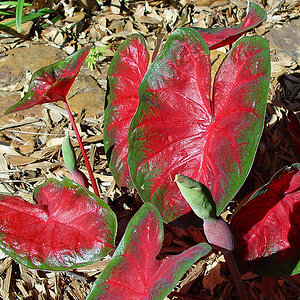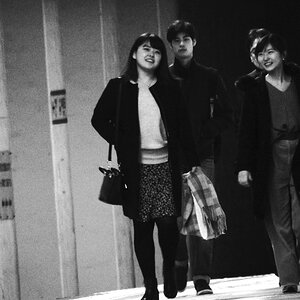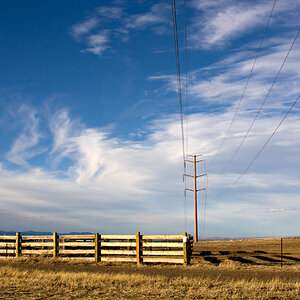DerekSalem
TPF Noob!
- Joined
- Aug 8, 2009
- Messages
- 660
- Reaction score
- 10
- Location
- Cleveland, OH
- Can others edit my Photos
- Photos OK to edit
Well, okay. But I think you're going to have more dissapointed trips by following that method, and you won't learn what you need to learn.To learn my camera. To learn what works best in which light.Why are you shooting in Manual mode??
See you're pretty much correct...Exposure Compensation is important...but learning how to do it *manually* is evermore important than using Auto and letting your camera compensate for it.
Learning how Exposure works on a physical level will help a good photographer use Manual mode to its maximum potential...which includes compensating for nearly any kind of subject matter *MANUALLY* which can almost always help you achieve a better picture...if you know what you're going for. Having direct control over every aspect means you not only get a good picture, but you get it the way you want it. Getting the perfect exposure is only important if you can also get the perfect depth of field and perfect capture speed.
After all, a blurry photo is a blurry photo no matter if it's perfectly exposed or drastically brightened.




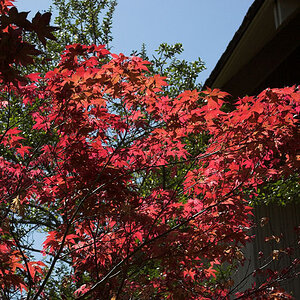
![[No title]](/data/xfmg/thumbnail/30/30885-2764c7a15a288ed06f3903d3a2756832.jpg?1619734497)

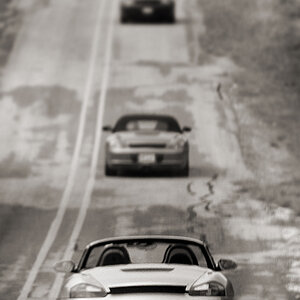

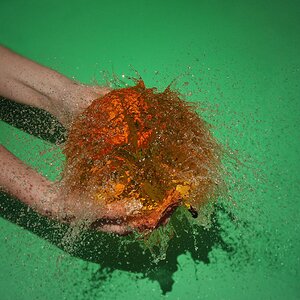
![[No title]](/data/xfmg/thumbnail/41/41782-daa26990361bf4193a874908bda10dbb.jpg?1619739891)

![[No title]](/data/xfmg/thumbnail/41/41779-303c41fcb3e37507cbe986d76dbfcf85.jpg?1619739890)
